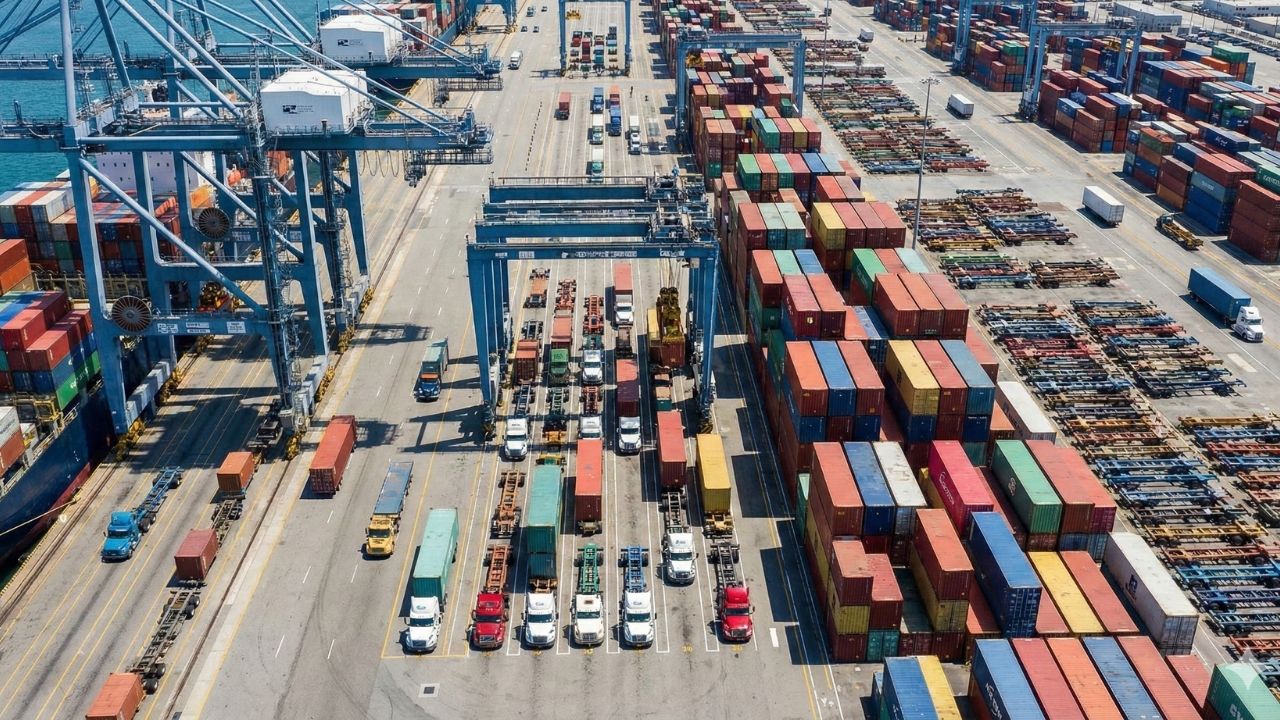
If you’ve ever wondered why your international shipment gets stuck at the port before reaching your warehouse, chances are drayage (or lack thereof) is the culprit. This short-haul trucking service might only cover a few miles, but it’s the make-or-break link between ocean freight and the rest of your supply chain.
Drayage is the transport of shipping containers and freight over short distances, typically from a seaport or rail terminal to a nearby warehouse or distribution center. Think of it as the “first mile” of inland shipping – that quick truck ride that connects different transportation modes and keeps goods flowing through the supply chain.
Quick Answer: What Does Drayage Mean?
Drayage is short-distance freight transport (usually under 100 miles) that moves shipping containers from ports or rail terminals to nearby warehouses or distribution centers. It’s the “first mile” trucking service that connects ocean, rail, and road transport in the supply chain. Costs typically range from $400-$800 per container, plus accessorial fees.
But here’s where it gets interesting, despite being just a local hop, drayage can cause massive supply chain headaches when it goes wrong. Remember the 2021-2022 port congestion nightmare in Los Angeles and Long Beach? A big part of that mess came down to drayage bottlenecks (not enough trucks, drivers, or chassis to move containers out of the port fast enough).
In this guide, we’ll break down everything you need to know about drayage – from its historical roots to modern logistics challenges, different service types, cost factors, and practical tips to keep your freight moving smoothly.
What Does Drayage Mean? The Definition Explained
Drayage refers to the short-distance transport of goods within the shipping and logistics industry, typically moving freight containers from a port to a nearby warehouse, rail terminal, or distribution facility. It’s a specialized form of trucking that usually happens within a single metropolitan area and can often be completed in one work shift.
The term itself has roots going back to horse-drawn transport. “Drayage” comes from “dray” – those sturdy horse-drawn carts used to haul heavy loads short distances from ports to rail yards in the 1800s. Today we use trucks instead of horses, but the concept stays the same: moving goods from an entry point to the next stop in the supply chain.
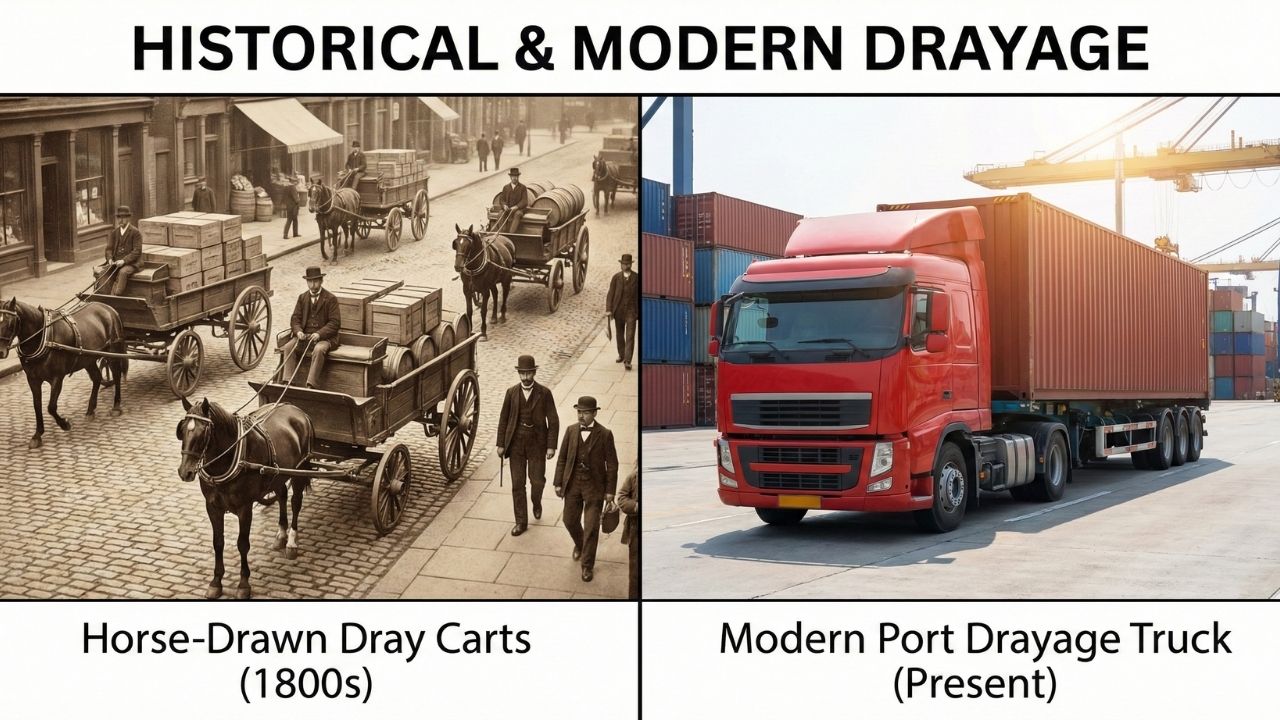
How Drayage Differs from Other Trucking Services
People sometimes confuse drayage with other types of freight transport, so let’s clear that up:
Drayage vs. Long-Haul Trucking: Drayage covers only short local trips (usually under 100 miles), while long-haul or over-the-road trucking moves cargo across states or countries. If you’re shipping from Seattle to Miami, that’s long-haul. Moving a container from the Port of Seattle to a warehouse 15 miles away? That’s drayage.
Drayage vs. Cartage: Cartage involves breaking down shipments into smaller loads for local delivery to multiple stops. Drayage, on the other hand, moves intact containers or freight units as-is from point A to point B without breaking down the load.
Drayage as a Fee: Here’s something that trips people up – “drayage” can also mean the charge you see on your freight bill for these short-haul trucking services. So when you hear someone say “the drayage was $800,” they’re talking about the cost, not just the service.
Slash Shipping Times!
By storing your products in a US-based 3PL warehouse, you can cut shipping times by up to 75% compared to shipping directly from overseas. Imagine your customers in New York receiving their orders in 2 days instead of 8!
Why Drayage Matters More Than You Think
You might be thinking: “It’s just a few miles. How big of a deal can it be?” Turns out, pretty huge.
Drayage gets called the “first mile” of freight shipping for good reason. Like that first domino in a chain, if drayage falters, everything downstream gets knocked off schedule. When containers can’t move out of ports efficiently, the backups ripple through the entire supply chain – delaying rail transport, long-haul trucking, warehouse operations, and eventually hitting manufacturers, retailers, and consumers.
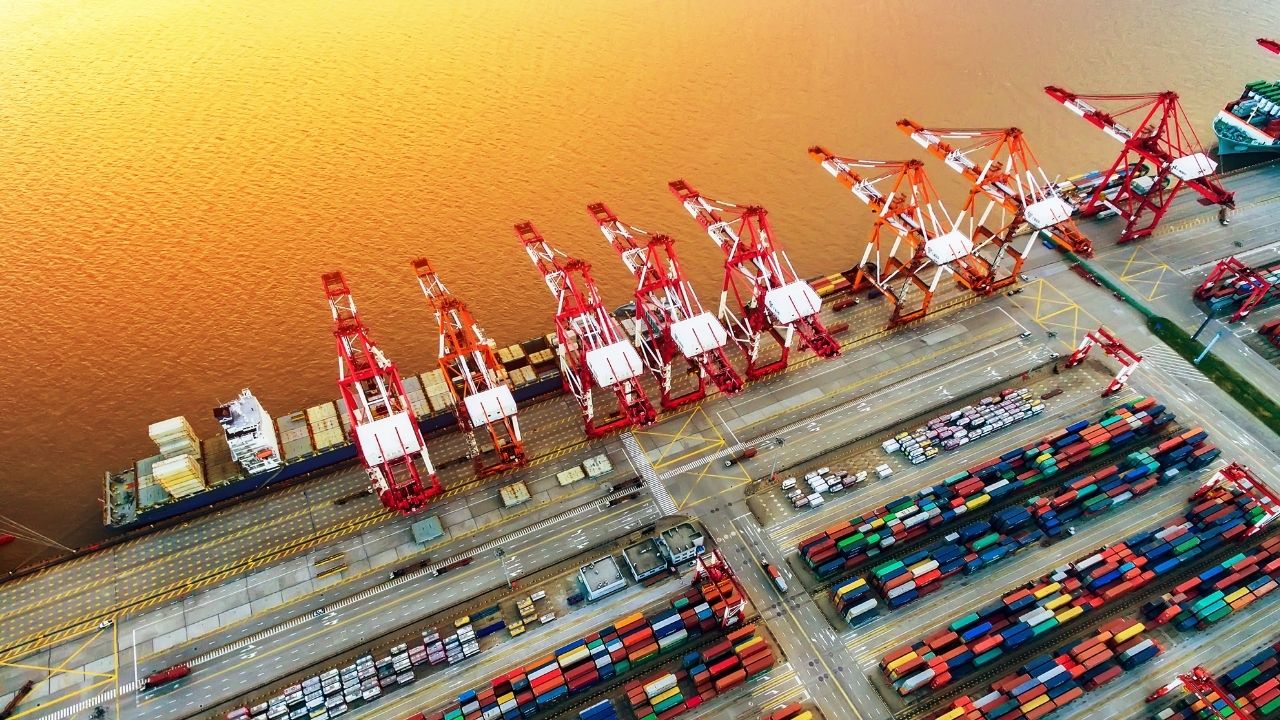
The San Pedro Bay Port Complex: A Case Study in Drayage Impact
Let’s look at a real-world example. The Port of Los Angeles and Port of Long Beach together form the San Pedro Bay port complex – the busiest container gateway in the United States. These twin ports handle more container volume than any other U.S. port, creating a drayage market worth billions of dollars annually.
During the 2021-2022 supply chain crisis, these ports suffered historic congestion. At one point, over 100 container ships were anchored offshore waiting to dock, with thousands of containers piling up on the docks. Multiple factors contributed (labor shortages, surging import volumes, pandemic-related disruptions), but drayage capacity issues were at the heart of the problem.
The shortage of available truck drivers, chassis (the wheeled trailer frames that carry containers), and warehouse space meant containers couldn’t get drayed out of the port fast enough. This single bottleneck in the “first mile” created delivery delays and cost increases that affected businesses and consumers nationwide.
Boost Your Bottom Line!
3PLs often have access to bulk shipping discounts that can save you up to 30% on shipping costs. That means more profit for you and potentially lower prices for your customers.
How Drayage Keeps the Supply Chain Moving
On the flip side, when drayage works well, it acts as the glue connecting different transport modes:
- Intermodal connections: Moving containers by truck from ship to rail yard enables seamless shipping across long distances
- Port congestion relief: Quick transfers shift containers off busy docks onto trucks or trains headed for distribution centers
- Cold chain support: Swift drayage transfers keep perishable and temperature-controlled freight moving to refrigerated facilities
- Empty container repositioning: After import cargo gets delivered, drayage trucks return empties to the right location for reuse, preventing equipment shortages
The global drayage services market reflects this growing importance. Industry projections show the market expanding by nearly $3 billion from 2021 to 2025, driven by e-commerce growth and rising import volumes.
Managing International Fulfillment doesn’t have to be a hassle.
Partnering with a 3PL like eFulfillment Service means you can focus on growing your business while we handle the details. Request a Free Quote Today!
6 Types of Drayage Services You Should Know
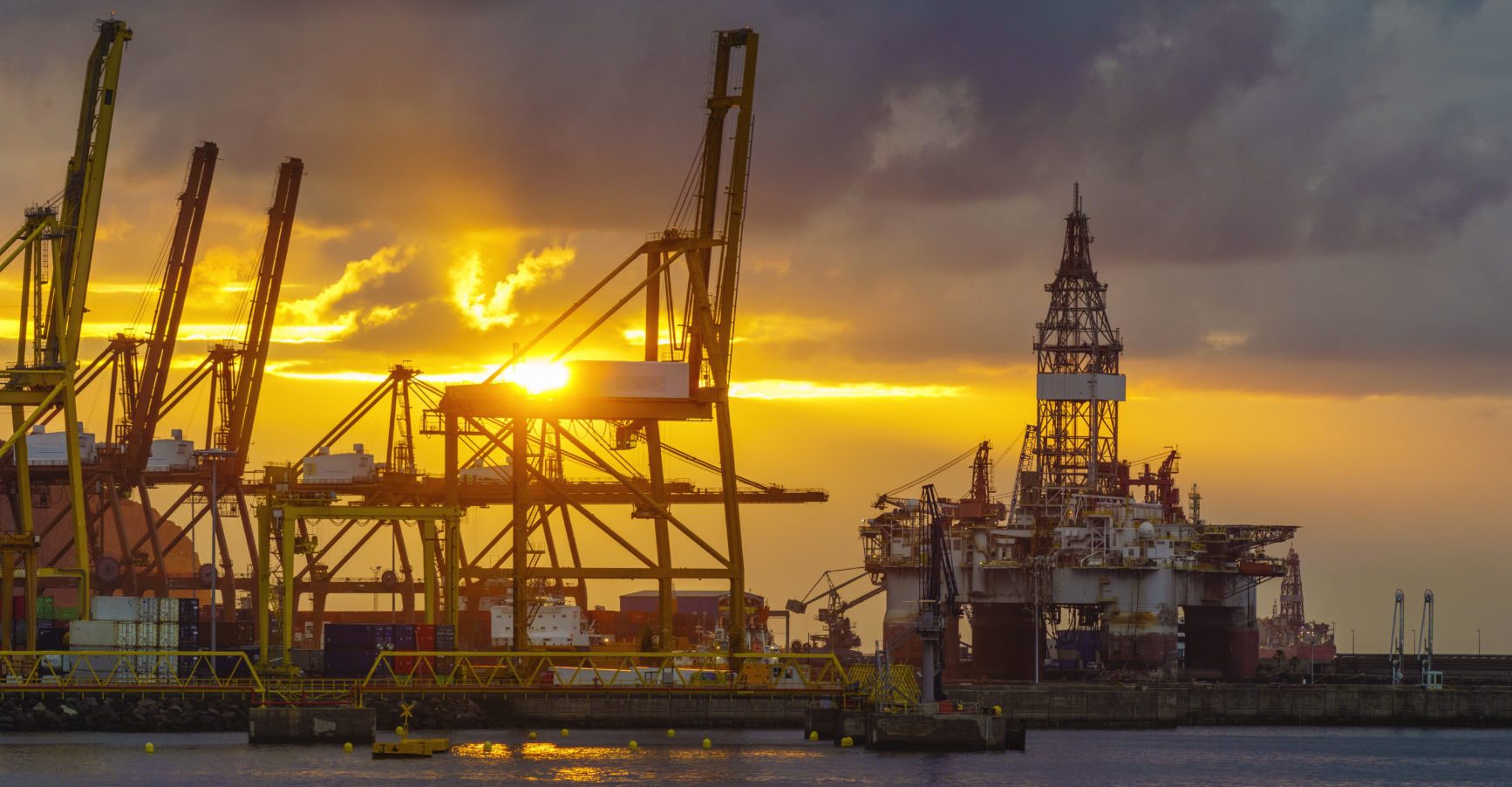
The Intermodal Association of North America (IANA) identifies six main types of drayage services. Each serves a specific purpose in intermodal transport:
1. Pier Drayage (Port Drayage)
This involves transporting shipping containers between an inland rail terminal and a seaport pier, or vice versa, usually within the same city. When containers arrive at port and need to move to a nearby warehouse or rail yard, that’s pier drayage (often just called “port drayage” in everyday use).
2. Shuttle Drayage
Sometimes ports or rail yards run out of room. Shuttle drayage moves containers to temporary storage lots when space gets tight. A truck hauls the container to an interim parking facility or warehouse until the main destination has capacity to receive it.
3. Door-to-Door Drayage
This “last mile” option (also called retail drayage) delivers goods from a port or transportation hub straight to the end customer, retail store, or final destination. It skips intermediate warehousing by trucking the container’s contents directly to the consignee.
4. Inter-Carrier Drayage
This type transfers containers between two different carriers operating in the same area. For example, a container might get drayed from a port terminal run by one ocean carrier to a rail depot operated by a different railroad company across town.
5. Intra-Carrier Drayage
Unlike inter-carrier, this involves transfers between facilities owned by the same carrier. A rail company might dray a container from its main rail ramp to its own nearby intermodal yard or depot.
6. Expedited Drayage
Any time-sensitive freight that needs extra-fast handling falls into this category. Expedited drayage might use team drivers, direct routes, or priority scheduling to meet tight deadlines. You’ll pay more, but you’ll get your goods on time.
How Much Does Drayage Cost? Breaking Down the Fees
Drayage shows up as a line item on your freight bill, and understanding how these costs get calculated helps you manage your logistics budget better. Fair warning: drayage pricing can get complicated fast, with base rates plus a bunch of accessorial fees tacked on.

Base Drayage Pricing Methods
Drayage carriers typically charge using one of two approaches:
By Weight: Many providers (especially for LCL or less-than-container loads) charge per unit weight. For example, if the rate is $80 per hundredweight (cwt) and your shipment weighs 1,000 lbs, you’d pay $800. Weights usually get rounded up to the next hundred pounds for billing.
By Distance/Time: Alternatively, drayage gets billed like typical trucking based on mileage or hours. A carrier might quote $2.73 per mile for a round trip. A 155-mile round trip would run about $423. Some carriers use flat fees for standard local hauls, with extra charges if the job exceeds a certain time limit.
Overweight or Specialized Loads: Containers over standard legal weight or requiring special handling (hazmat, refrigerated cargo, etc.) trigger additional fees for the extra complexity, special equipment, or permits required.
Common Drayage Accessorial Fees
Here’s where your invoice can balloon. Beyond the base transportation rate, expect to see various extra charges:
|
Fee Type |
What It Covers |
Typical Cost Range |
|
Line Haul Charge |
Core trucking fee from Point A to Point B |
Varies by distance/weight |
|
Port/Terminal Fees |
Terminal handling charges, temporary storage, maintenance |
Varies by port |
|
Chassis Fee |
Rental or split fee if chassis retrieved from separate location |
$50-$100 |
|
Drop Fee |
Driver drops container for later pickup instead of waiting |
$75-$150 |
|
Pre-Pull/Yard Storage |
Pulling container early to avoid demurrage, storing at yard |
$125-$300 |
|
Detention |
Waiting time beyond free period (usually 1-2 hours) |
$60-$100 per hour |
|
Special Handling |
Hazmat permits, oversized loads, reefer fuel, etc. |
Varies widely |
Let’s break down a few of these that cause confusion:
Chassis Split: Most containers need a chassis (wheeled frame) for road transport. If the trucker has to retrieve a chassis from a different location than where they pick up the container, you get charged a chassis split fee for that extra effort.
Drop Fee: If the driver delivers your full container and leaves it for you to unload later (instead of waiting while you unload), that’s a drop-and-pick arrangement. You’ll pay a drop fee since the driver has to make a return trip for the empty container.
Pre-Pull: This one’s tricky but can save you money. To avoid hefty port demurrage charges (fees for leaving containers at the port too long), you might have the drayage carrier pull the container out early and store it at a private yard temporarily. You’ll pay a storage fee, but it’s often cheaper than port demurrage.
Detention: Most facilities give you 1-2 hours of free time to load or unload. If you take longer, detention fees kick in (often $60-$100 per hour). This is why having your dock crew ready when the truck arrives matters.
Managing International Fulfillment doesn’t have to be a hassle.
Partnering with a 3PL like eFulfillment Service means you can focus on growing your business while we handle the details. Request a Free Quote Today!
5 Ways to Reduce Your Drayage Costs

For eCommerce sellers and importers, controlling drayage expenses can significantly improve your bottom line. Here are proven strategies to minimize unnecessary fees:
1. Optimize Your Packaging Efficiency
Ship goods in a way that maximizes space and minimizes weight. Wasted space means fewer goods per container and more trips. Excess weight triggers higher charges. By packing freight efficiently (right box sizes, proper palletization, eliminating air), you reduce overall weight and volume – lowering drayage charges.
2. Separate Special Handling Freight
If you’ve got a mix of general cargo and fragile or hazardous items, split them into separate shipments when possible. Carriers charge premiums for freight needing special handling or equipment. Keeping ordinary goods separate means special fees apply only to what actually needs it, reducing total cost.
3. Ship Directly to Final Destination
Whenever feasible, arrange to ship containers straight to your warehouse or distribution center rather than stopping at intermediate storage. Direct shipments eliminate redundant drayage moves and are often cheaper than last-minute arrangements added later.
4. Get Your Scheduling Dialed In
Work closely with your freight forwarder or drayage carrier to set accurate pickup and delivery appointments. If a truck arrives and your team isn’t ready to load or unload, you’ll rack up detention fees. Precise scheduling and communication prevent trucks from sitting idle (and charging you for it) or containers sitting too long at port (accruing demurrage).
Pro tip: Have your paperwork ready, your dock crew briefed, and your unloading equipment staged before the truck arrives.
5. Build in Buffer Time
International shipments face unexpected holdups constantly: customs exams, port delays, traffic jams, weather. Build a time buffer into your drayage plans. Retrieve containers from the port as early as possible (within the free time window) so if a delay happens, you’ve got leeway before storage fees kick in.
A small buffer prevents emergency drayage or rush fees when things don’t go perfectly. And let’s be honest – things rarely go perfectly.
How to Choose the Right Drayage Partner
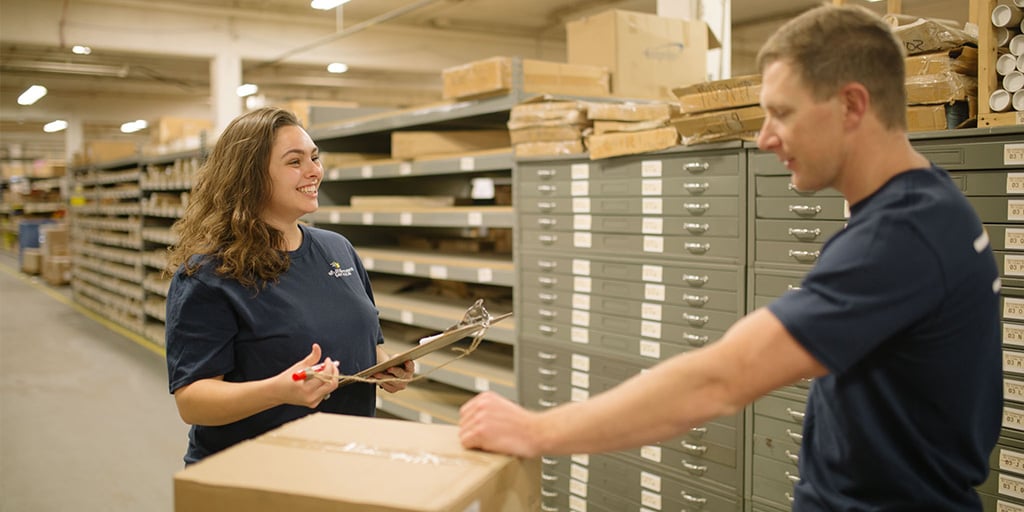
Since drayage is such a critical link, selecting a reliable provider (or 3PL that manages drayage for you) deserves serious thought. Here’s what to evaluate:
Reliability and Track Record
Look for a drayage carrier with proven on-time performance. Consistency is non-negotiable. If a dray truck shows up late or fails to retrieve a container before free time expires, it cascades into extra fees and inventory delays. Check their safety record too – their professionalism at the port or your facility reflects on your business.
Questions to ask: What’s your on-time pickup rate? Can you provide references from similar businesses? How do you handle peak season volumes?
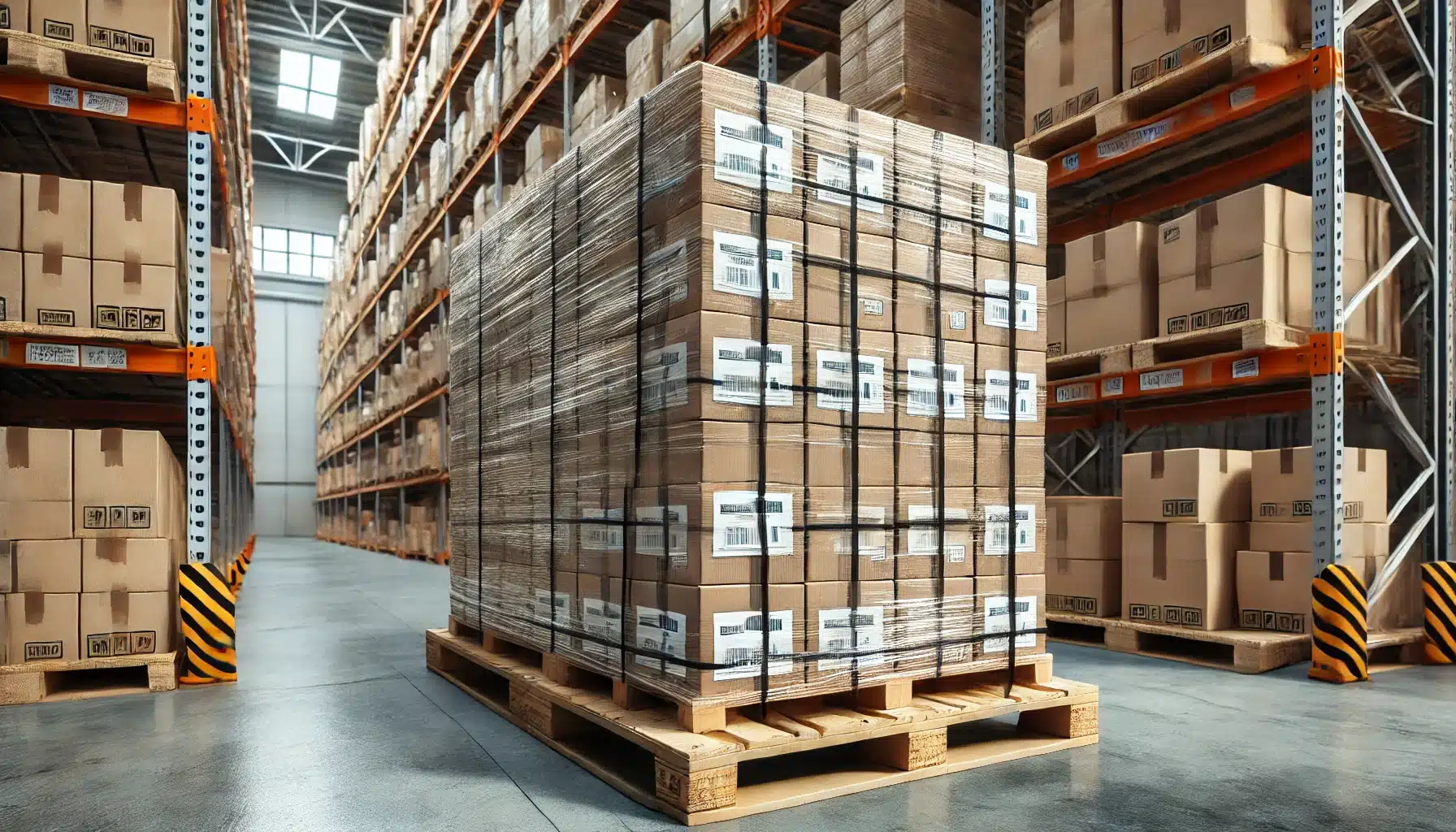
Capacity and Equipment
Make sure the drayage company can handle your needs. This means having enough trucks and drivers, access to chassis, and ability to manage any special requirements your freight has. If you frequently import high volumes during peak season or have oversized cargo, your drayage partner should be able to scale up and provide the right equipment.
Red flags: A carrier that can’t guarantee chassis availability, lacks experience with your cargo type, or seems to be running at max capacity year-round (leaving no room for your growth).
Communication and Responsiveness
Strong communication separates good drayage providers from mediocre ones. You want a partner who gives timely updates, sends proactive alerts about issues, and is easy to reach when plans change. Freight transportation is full of surprises, from port delays to traffic snarls. A drayage service that communicates promptly helps you plan around disruptions instead of getting blindsided.
Look for: Real-time tracking, dedicated account managers, 24/7 customer service, and proactive problem-solving.

Consider a 3PL Partnership
Many eCommerce merchants work with third-party logistics providers or freight forwarders that handle drayage as part of end-to-end logistics services. A capable 3PL can coordinate drayage more efficiently by leveraging its network – consolidating loads, arranging off-peak pickups, or negotiating better rates through volume.
Some fulfillment companies offer specialized freight programs to help importers navigate drayage and expedite shipments at lower cost. By partnering with a reputable logistics provider, you reduce the headaches of port pickups and keep goods moving swiftly from port to warehouse.
Final Thoughts: Small Distance, Big Impact
Drayage might be just a short trip in your product’s journey, but its impact on logistics is massive. A well-run drayage operation keeps supply chains on schedule. A snag in drayage can disrupt deliveries nationwide (as we learned the hard way during recent port congestion crises).
For eCommerce sellers importing products into the U.S., understanding drayage meaning and its role helps you plan realistic lead times, budget for inland transport costs, and choose the right partners for that critical first mile.
The bottom line: drayage is the connective tissue of modern freight transport. Small in distance, huge in importance for getting goods where they need to go in our global supply chain.
Ready to optimize your drayage strategy? Start by reviewing your current drayage costs, identifying bottlenecks in your port-to-warehouse flow, and vetting your logistics partners. A little effort here can save thousands in fees and prevent costly inventory delays.

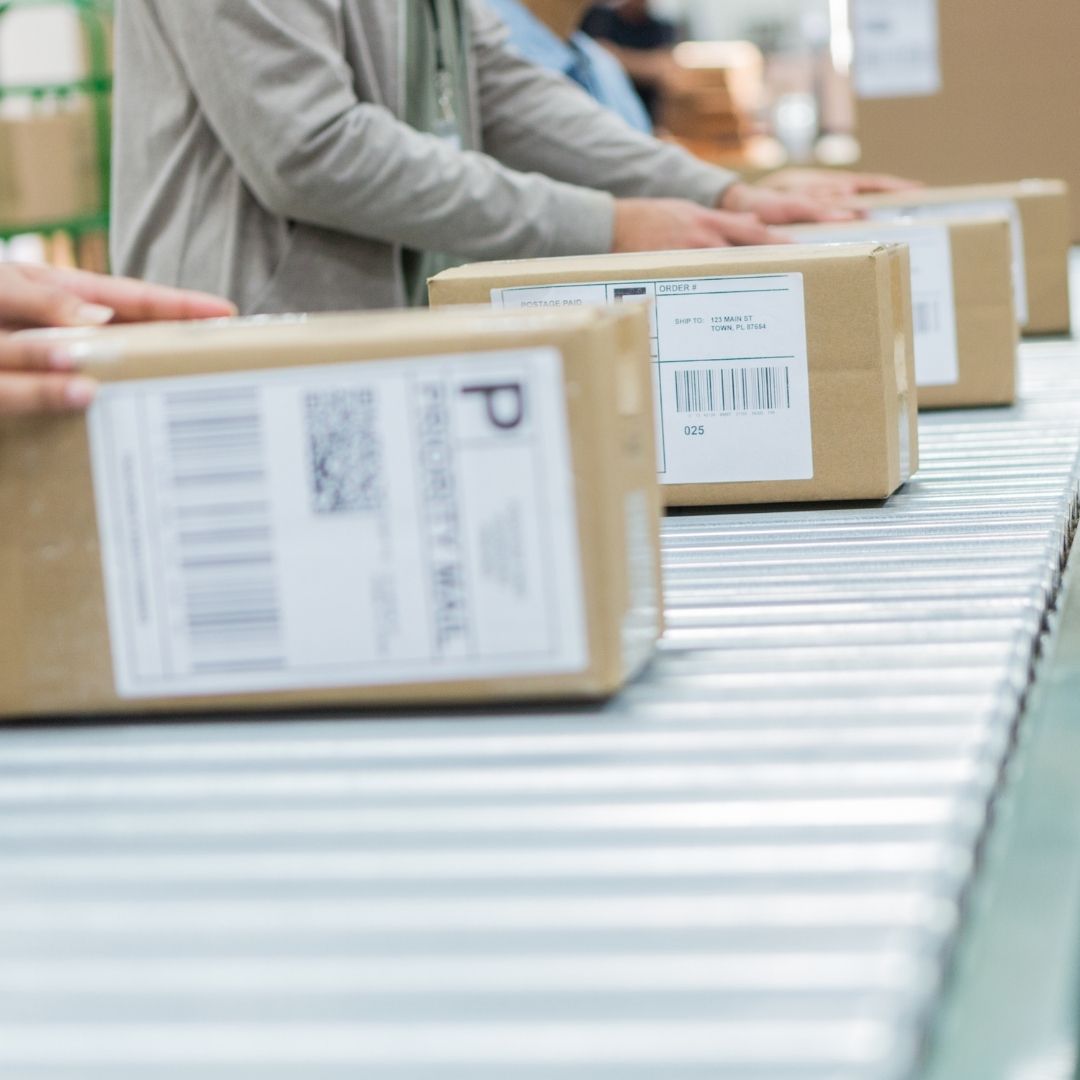

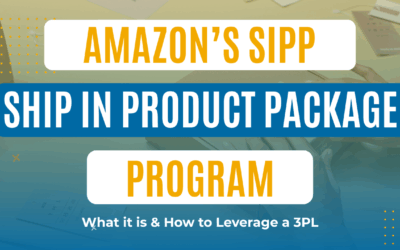
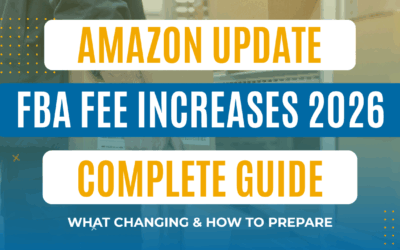

0 Comments